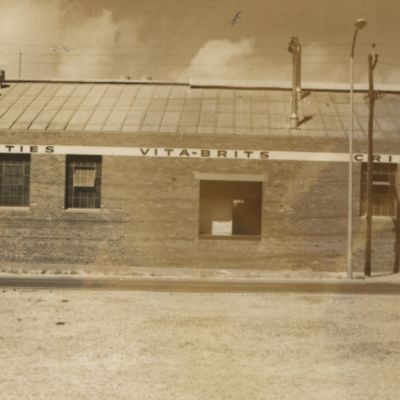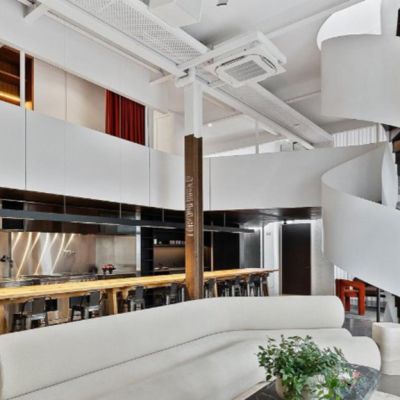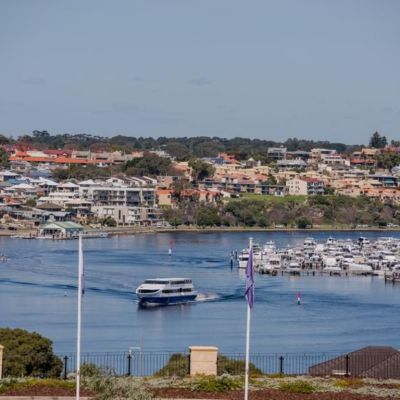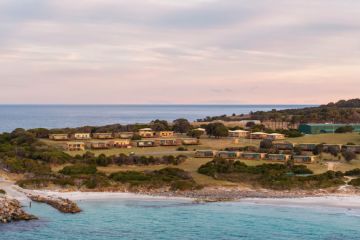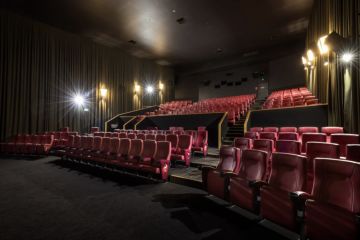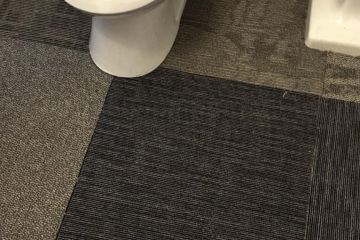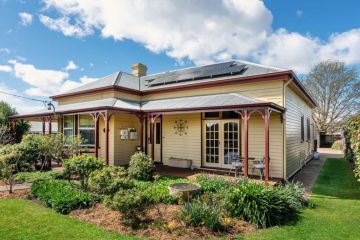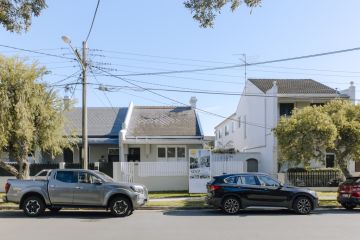The cities and suburbs where it is impossible to buy a home
Joondalup, Mackay and Gladstone are among the postcodes to have earned the title of the tightest housing markets in Australia.
Buyers agency InvestorKit measured the number of properties for sale across the nation and drilled the data down to five most critically-undersupplied cities and suburbs.
These places were determined to have a housing market that is cannot keep up to demand, which is measured by population growth.
The list in the firm’s Australia’s Housing Supply Crunch FY24/25 report conists of Greater Perth’s Fremantle, Joondalup and Bayswater/Bassendean, and regional Queensland’s MacKay and Gladstone.
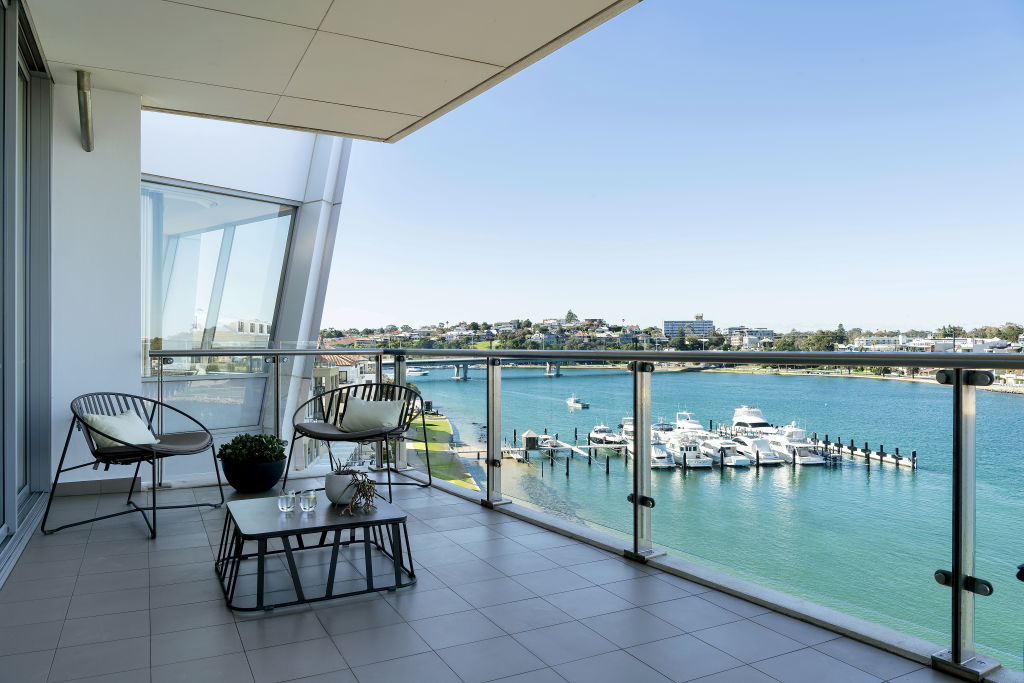
Arjun Paliwal, CEO and founder of InvestorKit, said in a statement that the chronic shortage of homes will not be solved by a sustained burst of construction alone.
Where Australians are choosing to live matters.
“The housing supply shortage cannot be resolved by simply building more homes,” Paliwal said.
“If that approach were effective, Australia wouldn’t find itself in this situation despite a 20 per cent increase in total dwelling stock over the past decade. Instead, we see the number of for-sale listings is 30 per cent lower than it was 10 years ago.
“Addressing this crisis requires a multifaceted approach. Australia needs a more evenly distributed population, better infrastructure services in regional areas, a more efficient planning system to streamline land supply and provide development certainty, and a fairer tax system to encourage stock mobility.
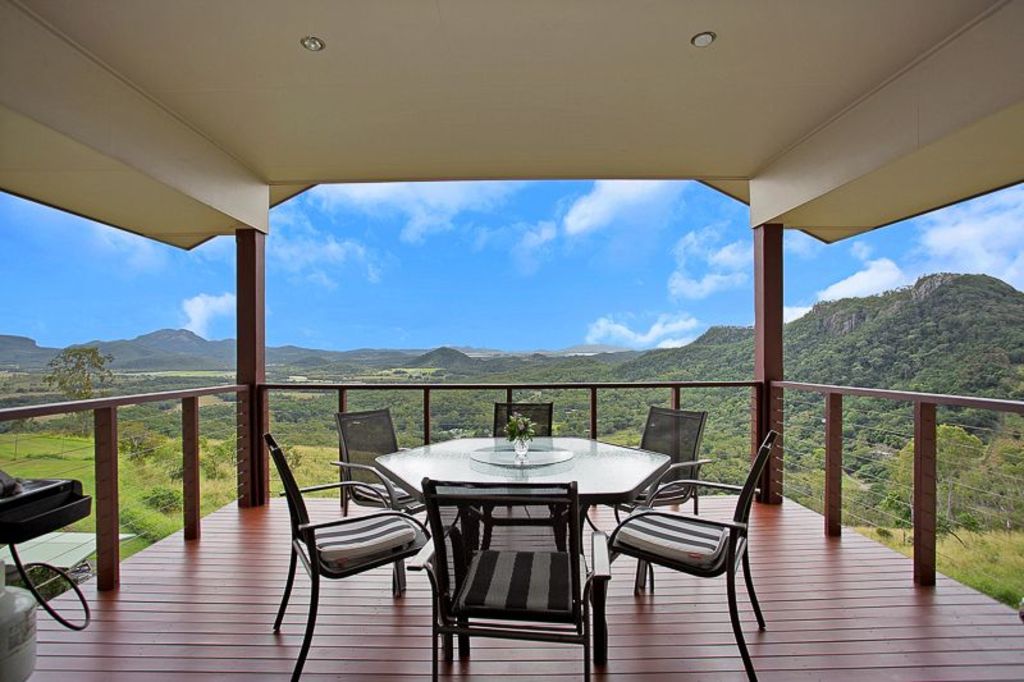
He said more “diversified housing providers”, including build-to-rent, would create an investor-friendly marketplace.
“These steps are essential to create a sustainable housing market for the future,” Paliwal said.
Build-to-rent ventures are apartment projects solely for the purpose of listing the completed properties on the rental market.
Sources for InvestorKit’s White Paper includes Domain, the Property Council of Australia and the Australian Bureau of Statistics.
Population growth and supply (the number of properties for sale) were measured over ten years. The rate of new building approvals was measured over three years.
Fremantle
The suburb’s population jumped 14 per cent in the past ten years. However, this demand was not met by the number of for-sale listings, which dropped by -29 per cent over the same period. The new house building approval rate has decreased by -77 per cent in the past 3 years.
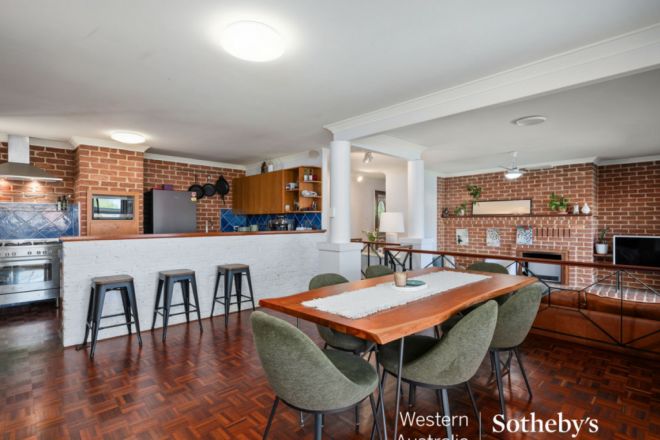
Bayswater/Bassendean
The population went up 7 per cent in the past decade, for-sale listings (supply) decreased by -21 per cent and the new housing building approval rate tanked by -65 per cent.
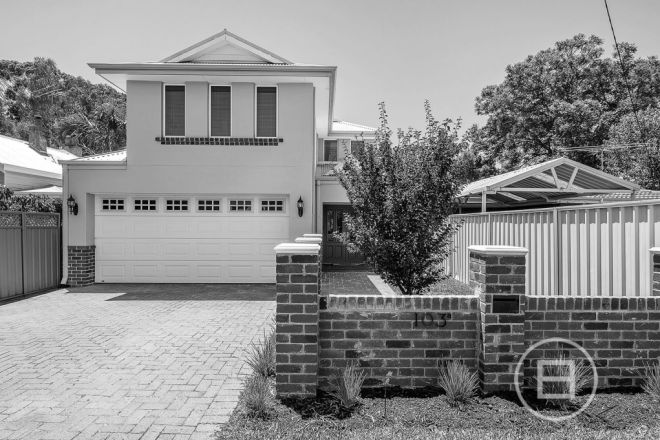
Joondalup
The population increased by 4 per cent and the number of for-sale listings slipped backwards by -31 per cent. The new house building approval rate dropped by -62 per cent.
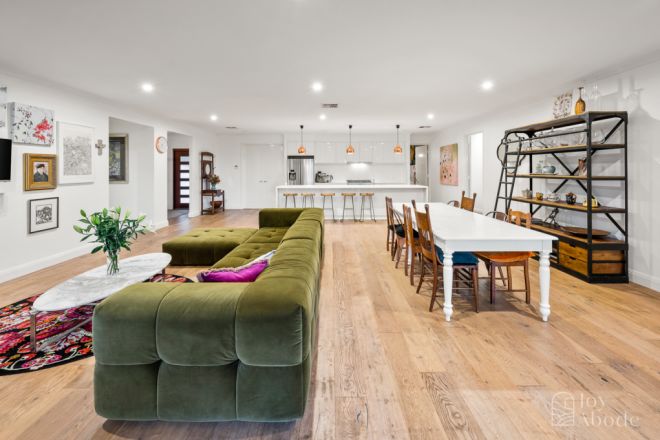
Mackay
The population spiked by 7 per cent compared to a drop of -40per cent in the number of hommes for listed. The rate of new building approvals halved.
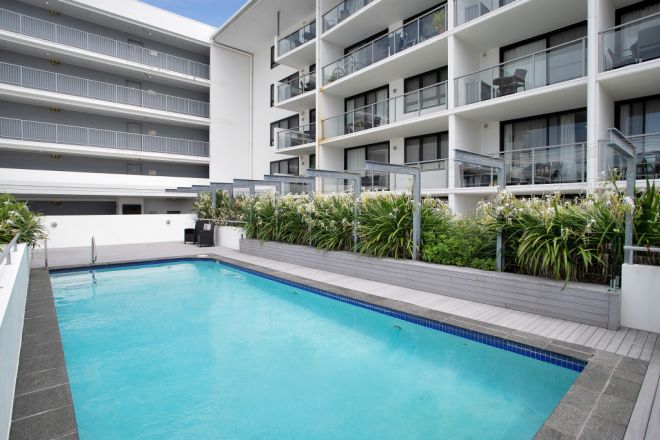
Gladstone
The population was treated to an 8 per cent boost, but the number of homes on the market over the same time went down by 31 per cent. The new house building approval rate took a -48 per cent nosedive.
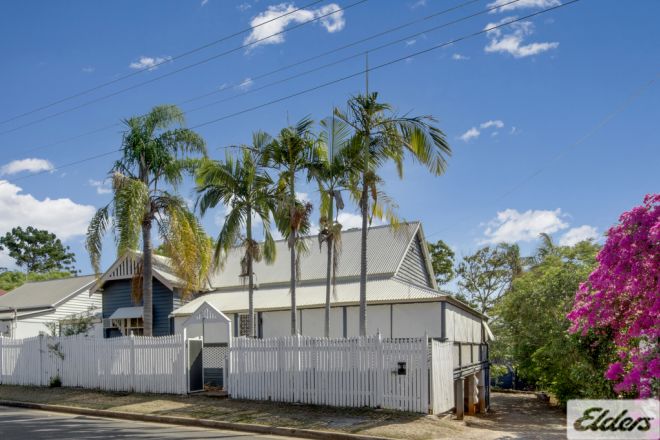
We recommend
We thought you might like
States
Capital Cities
Capital Cities - Rentals
Popular Areas
Allhomes
More
